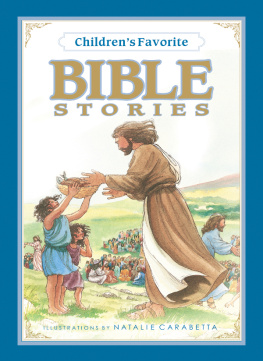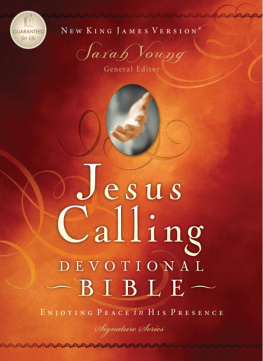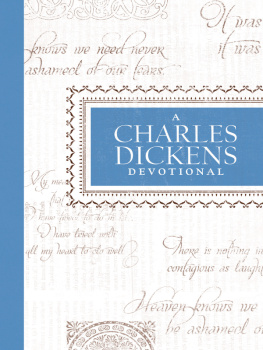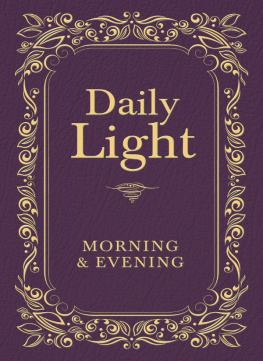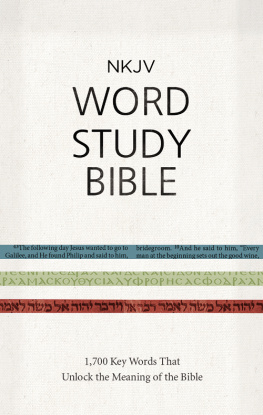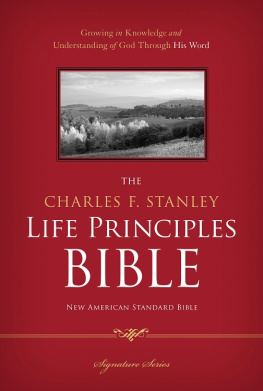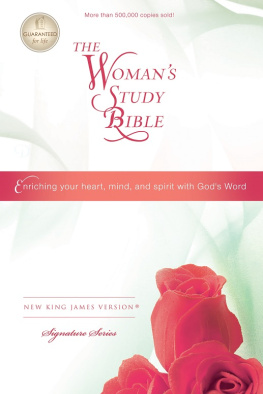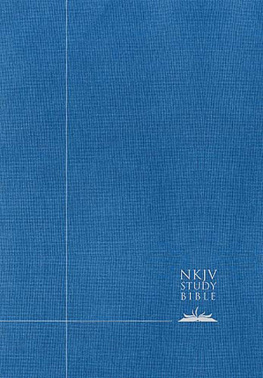The NKJV Daily Bible with Devotional Insights from Charles Stanley

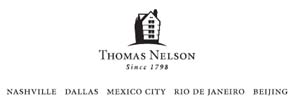
The NKJV Daily Bible with Devotional Insights from Charles Stanley
Copyright 2005 by Charles F. Stanley.
Holy Bible, New King James Version, copyright 1982 by Thomas Nelson, Inc.
Used by permission. All rights reserved.
The text of the New King James Version (NKJV) may be quoted or reprinted without prior written permission with the following qualifications: (1) up to and including 1,000 verses may be quoted in printed form as long as the verses quoted amount to less than 50% of a complete book of the Bible and make up less than 50% of the total work in which they are quoted; (2) all NKJV quotations must conform accurately to the NKJV text.
Any use of the NKJV text must include a proper acknowledgement as follows:
Scripture taken from the New King James Version. Copyright 1982 by Thomas Nelson, Inc. Used by permission. All rights reserved.
However, when quotations from the NKJV text are used in church bulletins, orders of service, Sunday school lessons, church newsletters, and similar works in the course of religious instruction or services at a place of worship or other religious assembly, the following notice may be used at the end of each quotation: NKJV.
For quotation requests not covered by the above guidelines, write to Thomas Nelson, Inc., Attention: Bible Rights and Permissions, P.O. Box 141000, Nashville, TN 372141000.
All rights reserved.
Purpose
In the preface to the 1611 edition, the translators of the Authorized Version, known popularly as the King James Bible, state that it was not their purpose to make a new translation but to make a good one better. Indebted to the earlier work of William Tyndale and others, they saw their best contribution to consist in revising and enhancing the excellence of the English versions which had sprung from the Reformation of the sixteenth century. In harmony with the purpose of the King James scholars, the translators and editors of the present work have not pursued a goal of innovation. They have perceived the Holy Bible, New King James Version, as a continuation of the labors of the earlier translators, thus unlocking for todays readers the spiritual treasures found especially in the Authorized Version of the Holy Scriptures.
A Living Legacy
For nearly four hundred years, and throughout several revisions of its English form, the King James Bible has been deeply revered among the English-speaking peoples of the world. The precision of translation for which it is historically renowned, and its majesty of style, have enabled that monumental version of the word of God to become the mainspring of the religion, language, and legal foundations of our civilization.
Although the Elizabethan period and our own era share in zeal for technical advance, the former period was more aggressively devoted to classical learning. Along with this awakened concern for the classics came a flourishing companion interest in the Scriptures, an interest that was enlivened by the conviction that the manuscripts were providentially handed down and were a trustworthy record of the inspired Word of God. The King James translators were committed to producing an English Bible that would be a precise translation, and by no means a paraphrase or a broadly approximate rendering. On the one hand, the scholars were almost as familiar with the original languages of the Bible as with their native English. On the other hand, their reverence for the divine Author and His Word assured a translation of the Scriptures in which only a principle of utmost accuracy could be accepted.
In 1786 Catholic scholar Alexander Geddes said of the King James Bible, If accuracy and strictest attention to the letter of the text be supposed to constitute an excellent version, this is of all versions the most excellent. George Bernard Shaw became a literary legend in our century because of his severe and often humorous criticisms of our most cherished values. Surprisingly, however, Shaw pays the following tribute to the scholars commissioned by King James: The translation was extraordinarily well done because to the translators what they were translating was not merely a curious collection of ancient books written by different authors in different stages of culture, but the Word of God divinely revealed through His chosen and expressly inspired scribes. In this conviction they carried out their work with boundless reverence and care and achieved a beautifully artistic result. History agrees with these estimates. Therefore, while seeking to unveil the excellent form of the traditional English Bible, special care has also been taken in the present edition to preserve the work of precision which is the legacy of the 1611 translators.
Complete Equivalence in Translation
Where new translation has been necessary in the New King James Version, the most complete representation of the original has been rendered by considering the history of usage and etymology of words in their contexts. This principle of complete equivalence seeks to preserve all of the information in the text, while presenting it in good literary form. Dynamic equivalence, a recent procedure in Bible translation, commonly results in paraphrasing where a more literal rendering is needed to reflect a specific and vital sense. For example, complete equivalence truly renders the original text in expressions such as lifted her voice and wept (). Complete equivalence translates fully, in order to provide an English text that is both accurate and readable.
In keeping with the principle of complete equivalence, it is the policy to translate interjections which are commonly omitted in modern language renderings of the Bible. As an example, the interjection
Next page
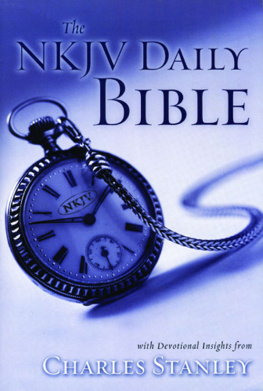


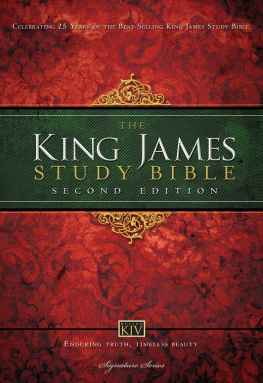
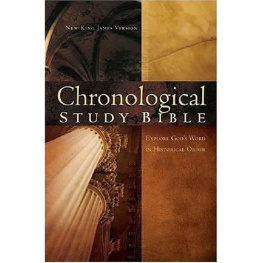
![Thomas Nelson - The NKJV Study Bible [Full-Color Edition]](/uploads/posts/book/79115/thumbs/thomas-nelson-the-nkjv-study-bible-full-color.jpg)
